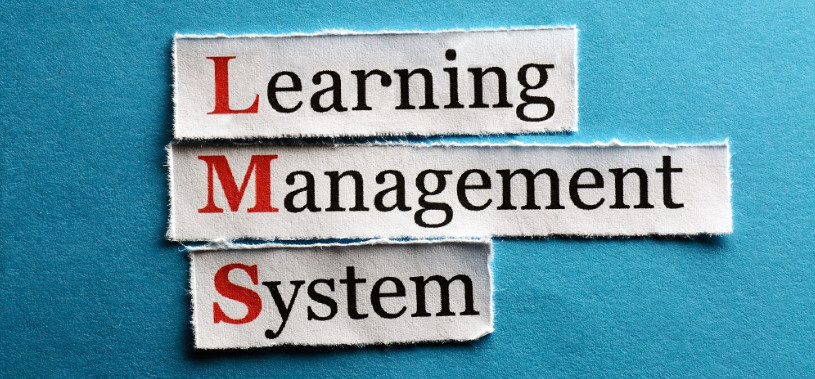The Holidays are Over Again.
In Vietnam, a school year is divided into two semesters: the first begins in mid or late August and lasts until the end of December, while the second begins right after the first, which is about mid-January and ends in May.
It took me quite a few years to adapt to the extended holidays for children they have in Vietnam. With almost 3 months a year of holidays for children, it was, I realized, both a blessing and a curse. (A blessing and curse for all involved, the teachers, parents, and students. Perhaps the worst affected are the parents who have to organize what to do with their kids while they work.)
As a traveler, it gave me 3 months in which I could easily move around the country, or even further, as I had plenty of time to use. And as a lot of the teaching contracts are yearly it gave me time to look at where I wanted to spend my next 12 months and find suitable accommodation in an area close to my new school.
On the downside, I had to make sure I had correctly budgeted for the time I had off. Not that it was a significant problem as I could pick up piecemeal work at any number of private schools or even pick up private tuition.
You can read here at ‘The Vietnamese Education System” to learn more about teaching in Vietnam and the type of work available. And things have not changed much over the years. You can find many posts and many tips and techniques that I have found to be successful over the years and I am happy to share these free of charge via my website.
Another almost beneficial downside was the amount of knowledge that the students had forgotten during their extended holidays. And it was this ( amongst a few other things) that made me decide to open my own school in Vietnam.
Back to School and Enhancing Your Opportunities.
September has arrived, and if you’re anything like the teachers I know, your thoughts have already begun to return to the long list of tasks you “need” to complete before you enter the classroom. We are all aware of how lengthy the to-do list is when it comes to setting up your classroom for a new school year. For this reason, this post will provide you with a list of actions you may take to aid in back-to-school preparation.
And your to-do list relates to whether you have your own school or private students or whether you are teaching in the public school system. I will try to cover both as they are equally important. I often came across teachers who used to say, why bother preparing as it is just the same but just a new year. I found those who said that were the teachers who drifted from one place to another and never “kicked on” to become professional ESL teachers.
If you have your own private school or students you will have been continually teaching but perhaps on restricted hours. Or perhaps you have closed for a week so the students’ parents can spend some time with their children over their holidays.
So here we go.
Preparation Prevents Poor Performance.
If you have taken the 3 months off the first thing I do is mentally and physically prepare myself for the resumption of classes. It might seem trivial or an ad-hoc thing to do, but if you have gotten into the habit of sleeping in again, I like to spend 1 week prior to school waking up at 5.30 a.m. and re-adjusting my body clock.
Most schools and classes will start between 7. a.m. and 8 a.m. in Vietnam and it doesn’t help if you are still half asleep with 50 noisy kids starting your day. You must be alert and on the ball, especially in the first few days of the new semester. How you present yourself in front of the class in the first week will establish how the rest of the semester goes.
Preparing your “tools of the trade” is the next step. As basic as it sounds, make sure everything you take with you works. I want my markers, pens and pencils to be ready for use along with erasers and rulers. This is very basic stuff, but I have seen teachers on the first day asking if they can borrow a pen or marker or chalk because the school has not got any. Really embarrassing if it happens to you.
If like me you use a microphone headset, check it out the day before to make sure you have enough charge for the day or replacement batteries if needed.
When teaching in a classroom in Vietnam you may have upward of 50 people per class. (My biggest class size was 56 children who were 7-8 year olds).
If you don’t want to lose your voice by the end of the day I strongly advise that you invest in a microphone headset. The Aporo headset I have is 30 watts output and is very light. It comes with 2 headbands and is easy to wear for a whole day.
The use time is between 8-12 hours and I have never needed to recharge it through the day. This is perhaps the best “tool” I have ever used in the classroom and has without doubt saved my voice on many occasions.
If you are lucky enough to have your own classroom then other types of preparation come under what I call…….
Simple and useful.
1) Name tags.
2) Welcome signs.
3) Classroom schedule.
4) Pre-prepared exercises
A Day in The Life of a Vietnamese High School Student.
Here is a video that was made about a day in the life of a Vietnamese High School Student. A lot of ESL teachers will say they hate teaching teenagers. But while teaching teenagers has its own challenges it also provides one of the sweetest emotional rewards. I have seen students at their worst and at their best. During this stage of their lives, they are at their most open and if you can establish a good connection with your students you will have an outstanding year of teaching.
Updating Your Electronics.
If you’re a teacher, you already know what a difference having the appropriate materials and equipment makes. A good laptop is a necessary tool for today’s professionals. Of course, you’ll want to get a good deal on your buy, with an emphasis on the appropriate specs.
You’ll need something that delivers powerful processing performance. Ample storage is important as well, so there’s no concern about storing a multitude of documents and media files. You will also want a robust machine that can take a few knocks as well as something that is covered by a good warranty in case of any misfortune.
I have used a lot of brands and models over the years and because of my role, I continually stay on top of the latest models. These are my current top 5 laptops for price and performance. All these laptops can be had with a price sub $1,000.00.
- Apple MacBook Air M1: This laptop is one of the best laptops overall, as well as the best MacBook for students. It has a fast and efficient M1 chip, a long battery life, a high-quality display, and a sleek design. It is also compatible with many apps and software that you can use for learning English or Vietnamese. It starts at $999, which is a reasonable price for its value.
- Dell XPS 13: This laptop is one of the best Windows laptops, as well as one of the best business laptops. It has a powerful performance, a stunning display, a comfortable keyboard, and a durable build. It is also lightweight and portable, making it easy to carry around. It starts at $999, which is a competitive price for its features.

- Google Pixelbook Go: This laptop is one of the best cheap laptops, as well as one of the best Chromebooks. It has a simple and elegant design, a long battery life, a smooth performance, and a great webcam. It is also ideal for using Google apps and services, such as Google Translate, Google Drive, and Google Classroom. It starts at $649, which is an affordable price for its quality.

- HP Pavilion Aero 13: This laptop is one of the best laptops on a budget, as well as one of the most popular laptop brands in the U.S.. It has a compact and lightweight design, a fast processor, a decent battery life, and a colorful display. It is also customizable and upgradable, allowing you to choose the specifications that suit your needs. It starts at $630, which is a bargain price for its performance.

Language App.
As well as a decent laptop that can be used by both the teacher and student, I have found that MONDLY is a great app that can be put on your computer and laptop that helps the student with their learning. Click on the MONDLY logo to check this out.

I also have 2 other posts relating to tech tools in the classroom that may help you organize what you need to make life in the classroom easier for you. These are…
And don’t forget the free online tools that we can use as well, here is a link to a list of my top 10 online tools.
- Online Teachers Tools to make life easier.
Final Thoughts.
After teaching in Vietnam for over 15 years in various schools ranging from Kindergarten to teaching Teachers how to teach English, the one thing that I have learned to be most necessary is to make sure you prepare for each new semester as thoroughly as you would as if it is the first class you have ever taught.
Every student is different and each of them deserves 100% input from you the teacher. The more you involve yourself in the lesson the more personal satisfaction you derive from it.
If you have any questions or feedback I am happy to answer any or all directly or by email.
If you wish to read more about Education in Vietnam you can look at this post from Wikipedia.
Some links on this site may be affiliate links, and if you purchase something through these links, I will make a commission on them. There will be no extra cost to you and, you could actually save money. Read our full affiliate disclosure here.





































